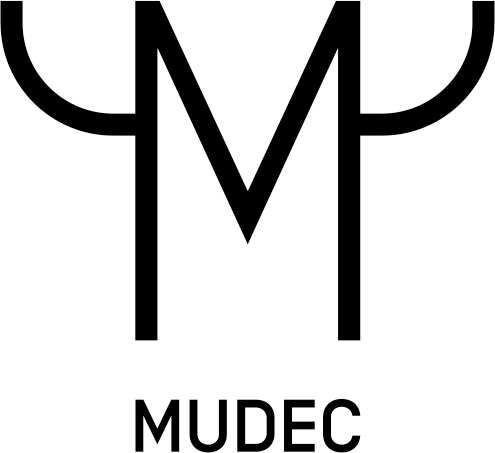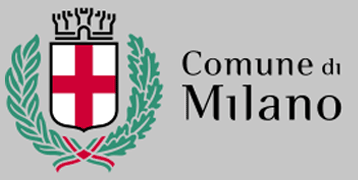MILANO CITTÀ MONDO #04 PERÙ
Storie in movimento (Stories in motion) - Italians in Lima, Peruvians in Milan
“Milano Città Mondo” (Milano World City) is a multiyear project created by Museo delle Culture (MUDEC) in collaboration with the City’s Office for Networking and Cultural Cooperation. Every year, in-depth studies focus on one of the numerous international communities living in Milan. These researches are then translated into exhibitions, conferences and events over a six-month program. Between February and July 2019, the theme of the survey will be Peru and the Peruvians of Milan, the city’s fourth largest community of migrants, and the largest among the communities from the American continent.
With the perspective of a story made by people, the exhibition “Storie in movimento” (Stories in motion) starts from individual testimonies and tries to delineate some social and economic dynamics. The voice of the people, their motivations, whether personal or imposed on them, their aspirations and their dreams become the stories of all those who have left or those who, on the other shore, have welcomed.
The exhibition starts off with a brief introduction on the century-old relationships joining Italy and Peru, and the two cities of Milan and Lima in particular. The origins of this link between Milan and Peru are in fact very ancient and can be traced back at least to the travels of the well-known Milanese explorer and writer Girolamo Benzoni (Milan, 1519 – 1570 ca.). But it is especially in the second half of the nineteenth century that the ties grow stronger, thanks to the increasingly prominent role that the Italian small commercial middle-class and a small circle of intellectuals, often Risorgimento exiles, began to play in Peruvian society after the country’s independence (1821). Clear from the restrictions on free movement imposed by the Spanish regime, from the last quarter of the 19th century Peru welcomed about 10,000 Italians, often from Liguria. Among the most famous “emigrants” of this period, we find the Milanese Antonio Raimondi (Milan 1824-San Pedro de Lloc 1890), an illustrious scientist who, thanks to his legacy, is regarded as one of the founders of Milan’s ethnographic collection now housed at Mudec. Italians kept settling in Peru, with some ups and downs (for example during the war with Chile), making their impact mostly in commerce and industry. It culminated with the opening of the Banca Italiana in Lima, in 1889. The bank soon became the most innovative and important in the country.
During the twentieth century, the Italian presence in Peru began declining and concentrating in Lima. The situation in Europe had become much harder with the world wars, and from the 1970s Peru entered a phase of political instability that did not encourage immigration, favouring instead a diaspora of Peruvians into the rest of the world for both economic and political reasons. Peruvians settled in Italy especially from the 90s. A small part of this flow consisted of people of Italian origin returning to their mother country
The exhibition route goes on focusing on the voices and experiences of two leading figures in the Italian and Peruvian cultural and artistic scene of the twentieth century: Antonello Gerbi and Jorge Eduardo Eielson.
An eminent historian and economist, Antonello Gerbi (1904-1976) was forced into a long exile in Peru at the time of the racial laws and World War 2. Gerbi carried out important research in the Latin American country, becoming a widely recognized expert and passionate connoisseur of the local culture. Multifaceted Peruvian artist Jorge Eduardo Eielson (Lima, April 13th, 1924 – Milan, March 8th, 2006), on the other hand, arrived in Europe in 1948, the same year Gerbi returned to Milan, and then chose Italy as his country of adoption, establishing in Milan in the 70s. His art is deeply rooted in the Peruvian natural landscape and the pre-Hispanic culture.
Through the intellectual and artistic experiences of Gerbi and Eielson respectively, the links between Milan and Peru in the 20th century become now entwined in a fertile conversation with the objects belonging to the Mudec ethnographic collection.
The last section of the exhibition introduces the public to current and contemporary “stories in motion” of Peruvians in Milan in the form of video-portraits: anecdotes, life experiences dealing with some recurring and sensitive issues of what is now the fourth largest community of new citizens in Milan; through accounts of travel, family ties, religiosity, continuity with -and detachment from- the original systems of expression typical of the Andean culture, links are established with the other sections of the exhibition, links that are both material and of meaning.
The interviews are a partial but necessary selection of the material gathered during the extensive field work on some Peruvian families living in Milan, promoted by Mudec and carried out in 2018 by a team of anthropologists coordinated by Professor Sofia Venturoli of Turin University.
Through documents, photographs, works of art, images, objects and direct testimonies, the exhibition invites visitors to discover the strong connections of today’s Peruvian culture with its Pre-Hispanic history and heritage.
The exhibition is the result of the collaboration between Mudec and the Dipartimento di Scienze della Mediazione Linguistica e di Studi Interculturali (Department of Language Mediation and Intercultural Communication) of Milan University. It also benefits from the collaboration of numerous private archives, including that of the Gerbi Family, housed at the Intesa Sanpaolo Bank Historical Archive, and the archive dedicated to the life and works of Jorge Eduardo Eielson, divided between the Jorge Eielson Study Centre in Florence and the Eielson Archive in Saronno.
The exhibition is accompanied by a rich program of activities organized by Milan’s Networking and Cultural Cooperation Department, including conferences, meetings, events, visits and workshops.




